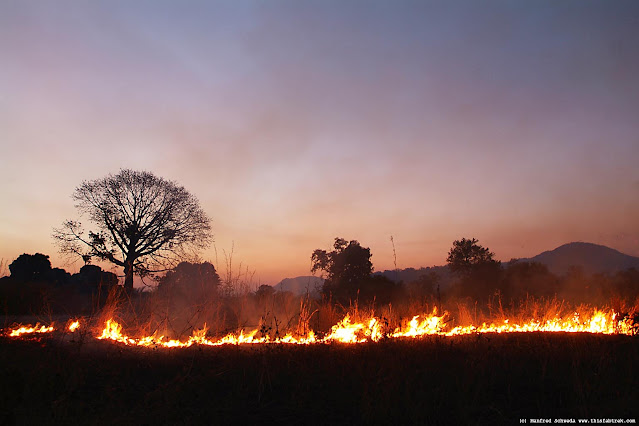The History of Fire in Afromontane Forests and the Future of Fire Management

Forest fire burning in afromontane forest in 2022. Source: Powell et al. (2023). I n the previous two blog posts I discussed the history of ecological management techniques used by people in savannas and grasslands and in rainforests in Africa. In this blog post, I will be addressing the history of landscape management in one last ecosystem: the afromontane forest. Understanding the history of land management in all three environments can offer us a lens through which to imagine the future of policy and management of these ecosystems for a sustainable future. Afromontane Forests While the exact role of humans in forest retreat in the last few thousand years in the tropical rainforests in Central and West Africa may still be up for debate, there is sizable evidence for human modification of afromontane forests in East Africa and southern-central Africa. Areas with Afromontane forests in Africa. Area I: West African and Cameroon Highlands. Area II: Arabian and Ethiopian highla...

